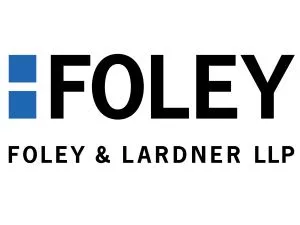- in South America
- within Coronavirus (COVID-19), Government, Public Sector and Insurance topic(s)
On May 14, 2020, the Centers for Diseases Control ("CDC") released guidelines to various businesses to assist on re-opening. These guidelines are separate, single page "decision trees" in which the CDC offers decision-making tools for schools, workplaces, camps, childcare programs, mass transit systems, and bars and restaurants. They present simple flow charts designed to assist entities in the five specific industries, and then general office environments in deciding whether to open and bring employees/customers back. The first inquiry in each decision tree is whether the intended action complies with state and local orders. Each decision tree follows the same analysis.
For example, the general workplace decision tree asks whether the employer is ready to protect employees with higher risk for severe illnesses. If the employer cannot answer yes, then it is not ready to move on to the next part of the decision tree. Do note, however, that the CDC does not proscribe any specific way that employers should be able to protect such high-risk employees. In other words, an employer could answer "yes" to the inquiry if it allows such employees to continue to work remotely and move on to the next branch of the decision tree about implementing increased health and safety guidelines which includes increased sanitizing stations, disinfection of the workplaces, and training on the requirements. Once an employer can answer those inquiries affirmatively, the final stage of inquiry is about ongoing monitoring in the workplace. This monitor includes screening returning employees and encouraging sick employees to stay home, etc., and providing flexible leave policies. Again, once the employer meets these guidelines they are permitted to reopen.
The other guidances are similar but tailored to the specific industry. Employers in whatever specific sector should be cognizant of the fact that the CDC does not in the general guidelines provide any specific thresholds or methods of screening. Companies should therefore continue to consider state and local ordinances as well as consult with their legal advisors on what types of inquiries are permissible. Foley has provided guidance on best practices when implementing a program for taking employee temperatures and medical screening during the COVID-19 pandemic that can be found here and here.
Originally published 15 May 2020
The content of this article is intended to provide a general guide to the subject matter. Specialist advice should be sought about your specific circumstances.



